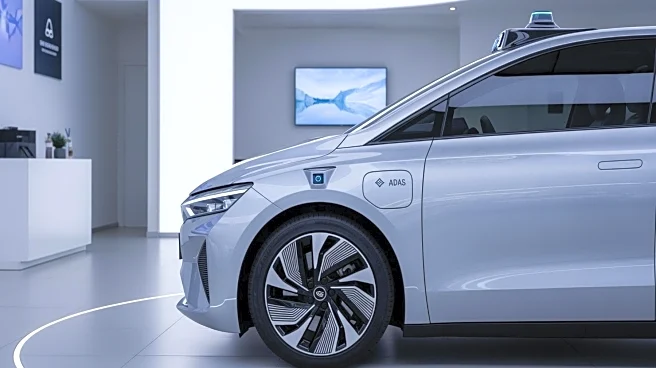What's Happening?
BYD has launched refreshes of its DM-I models for 2026, including the Qin L, Song L, and Song Pro, with significant improvements in EV-only range and interior features. The refreshes allow these models to
qualify for a revised purchase tax exemption in China. Entry-level models now offer ranges comparable to the first-generation Nissan LEAF, while premium models have increased ranges of 200-250 km. Despite these enhancements, BYD has removed the intelligent driving system from some entry-level trims, raising questions about the value of ADAS systems versus EV performance.
Why It's Important?
The removal of ADAS from entry-level models suggests a shift in consumer priorities, potentially indicating a preference for EV performance and value over advanced driving systems. This decision by BYD could influence other manufacturers to reconsider the inclusion of ADAS in their vehicles, impacting the development and marketing strategies within the EV industry. The focus on EV range and affordability may drive broader adoption of electric vehicles, aligning with global sustainability goals and consumer demand for cost-effective transportation solutions.
What's Next?
BYD's decision to offer ADAS as an optional upgrade rather than a standard feature may lead to a reevaluation of consumer preferences and industry standards. As BYD continues to enhance its intelligent driving capabilities through OTA updates, the company may explore new ways to balance performance, cost, and technological advancements. This approach could influence other automakers to offer customizable options, allowing consumers to tailor their vehicles to their specific needs and preferences.
Beyond the Headlines
The shift away from standard ADAS features in entry-level models raises questions about the future of autonomous driving technology in the EV market. As manufacturers explore the balance between cost and technological innovation, the industry may see a diversification of offerings, catering to different consumer segments. This could lead to a broader discussion on the role of ADAS in achieving sustainable transportation goals and the potential for new business models centered around customizable vehicle features.











